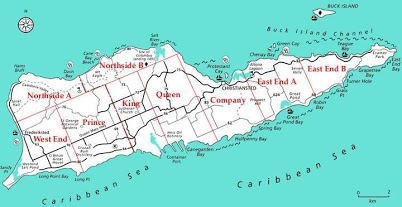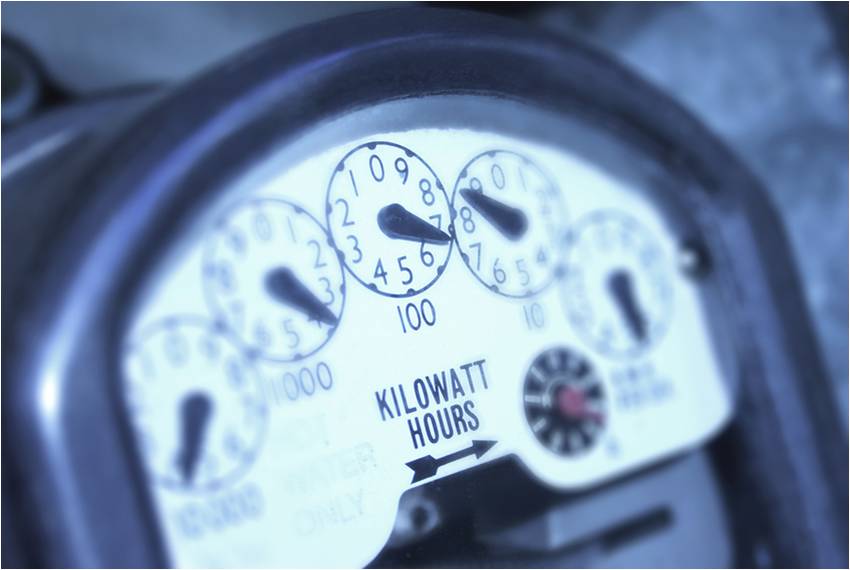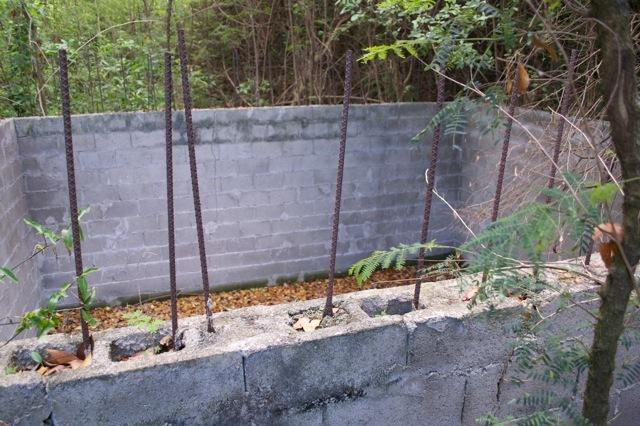Q&A About Some of the Potentially “Unfamiliar” Information Displayed in ST CROIX Listings
Our MLS listings provide quite a bit of useful information to a potential homebuyer. However, a lot of it is different than what you’d see in the states, and you may wonder what some of the information means. Below are some questions from a customer, with my answers. I also included some other general questions/answers that you might find useful. Hope this is helpful!

- Approximately how long would it take to drive from Christiansted to, say, the Cane Bay area, or to Frederiksted. To drive from the westernmost tip of STX to the easternmost is about an hour. Driving from Christiansted to the North Shore (Cane Bay area) takes about 30 – 40 minutes, and it’s about the same between the two towns (about a 40 minute drive between them).
- Some properties have “restrictions” – what does that mean? It means they are in neighborhoods that have Covenants and Restrictions (C&Rs). For example, Judith’s Fancy has them, to include things like “No farm animals,” “No commercial business in the neighborhood.” Things like that. Some have size restrictions for your home, etc. Typically, when you make an offer on a home, you’ll have a two week due diligence period. It is during that period that we will make all C&Rs, by laws, rules and regulations, etc. available for your perusal. If you intend to do something that is “non-conforming” in a home, we’ll do our best to get you that information before you make your offer.
- What do the PWD and PWD# designations stand for? PWD stands for Public Works Drawing – those are our official maps here and are part of the legal description of a property.
- Home Owner Association dues –What are these and what/who dictate how these fees are set? Indeed, some communities do have HOA fees, and these fees are typically used to maintain the roads in the community, pay for common area landscaping and maintenance, pay for security, etc. They are not very expensive. I believe the most expensive is the Carambola community, which is $3000 a year. Most are around $500 or less per year. Judith’s Fancy is $1200 a year for house + guest house, less for single family, and less still for land. The HOA fees are typically recommended by the board, and voted on by all the members of the community.
- Wind storm insurance is clearly a major expense. Is it possible to get figures for how much insurance is required (or actually paid) for the ones where it’s not specified? The general rule of thumb we use for insurance, is to take the purchase price, multiply by .8, then multiply that by .025 for your annual insurance cost. This is an APPROXIMATION only; insurance cost will be determined by many factors, such as protective coverings for the home, building materials, roof type, location, etc. But this will get you close.
- What does the generator/size number mean? Are there frequent power outages/rolling blackouts on the island or
 only during storms? Sadly, we have some of the highest utility costs on the planet (although they are supposed to drop by 30% by this time next year), and somewhat unreliable service. We do have frequent power outages, although they typically don’t last long. Having a generator (an automatic one) is kind of a “must have” if you are going to vacation rent your home. Guests don’t like to be without power for very long and are not very tolerant. Many of us who live here are fine with a standalone generator that we turn on when we want to. For those 30 minute power outages, we don’t bother. But of course, when storms hit, we may be out for several days, so a generator is sure handy. Generators come in various sizes. A 750K generator will run your entire home for a while. A smaller one (about $400) will run your fridge and few lights. A larger one (up to $10,000) can run your home for a week or longer. This is an important “bit” of information for buying a home on an island.
only during storms? Sadly, we have some of the highest utility costs on the planet (although they are supposed to drop by 30% by this time next year), and somewhat unreliable service. We do have frequent power outages, although they typically don’t last long. Having a generator (an automatic one) is kind of a “must have” if you are going to vacation rent your home. Guests don’t like to be without power for very long and are not very tolerant. Many of us who live here are fine with a standalone generator that we turn on when we want to. For those 30 minute power outages, we don’t bother. But of course, when storms hit, we may be out for several days, so a generator is sure handy. Generators come in various sizes. A 750K generator will run your entire home for a while. A smaller one (about $400) will run your fridge and few lights. A larger one (up to $10,000) can run your home for a week or longer. This is an important “bit” of information for buying a home on an island. - Do houses typically have septic systems or is there public sewers if opting for a house/condo closer to town? NO public sewers unless you purchase in or very near Christiansted or Frederiksted.
- How big of a water cistern is appropriate or considered small/large? Do residents on the east end of the island
 typically get enough rainfall or end up trucking it in? Is there a dry/wet period in St Croix? Most homes have at least a 12,000 gallon cistern; newer ones have up to 50,000 gallons. Anything over 20,000 gallons is probably adequate, and unless there is a long dry spell, and you have a lot of people in the home who are not conservation-minded, you won’t have to purchase water. I live on the east end, which is drier, and even during our “drought” this past winter, we didn’t have to buy water. We got very low, but made it! Our cistern is about 15,000 gallons. We tend to have more rain in the fall (November, specifically), but not enough to qualify us as having a “rainy season.” Winters are typically dry.
typically get enough rainfall or end up trucking it in? Is there a dry/wet period in St Croix? Most homes have at least a 12,000 gallon cistern; newer ones have up to 50,000 gallons. Anything over 20,000 gallons is probably adequate, and unless there is a long dry spell, and you have a lot of people in the home who are not conservation-minded, you won’t have to purchase water. I live on the east end, which is drier, and even during our “drought” this past winter, we didn’t have to buy water. We got very low, but made it! Our cistern is about 15,000 gallons. We tend to have more rain in the fall (November, specifically), but not enough to qualify us as having a “rainy season.” Winters are typically dry. - What’s the difference in the R1 and R2 zoning designation? For both R1 and R2 residential zonings, you can have two dwelling structures on the property. The minimum lot size for R1 is .5 acres; for R2, it is 10,000 sq ft. Setback requirements for R1 are 15′ front, side and rear; for R2, the side and rear setbacks are only 10′. Both are limited to two stories, and R1 structures can cover 25% of the property; R2 structures, 30%. Minimum lot width for R1 is 100′, it’s 75′ for R2. There is a list of acceptable uses for each zoning, but both are RESIDENTIAL zoning.





